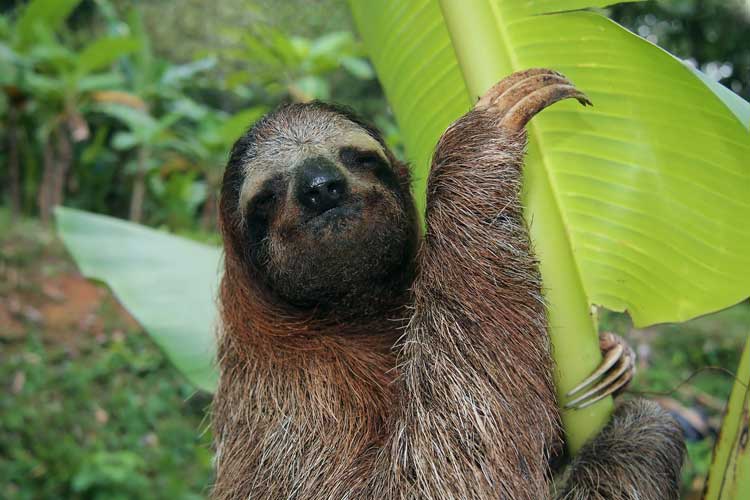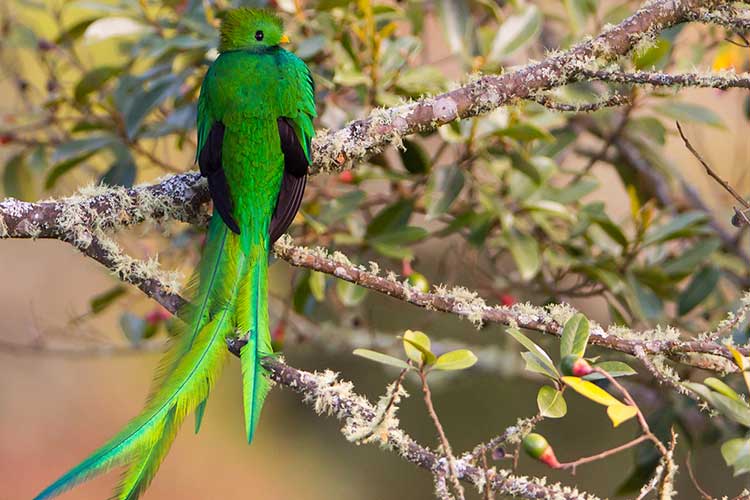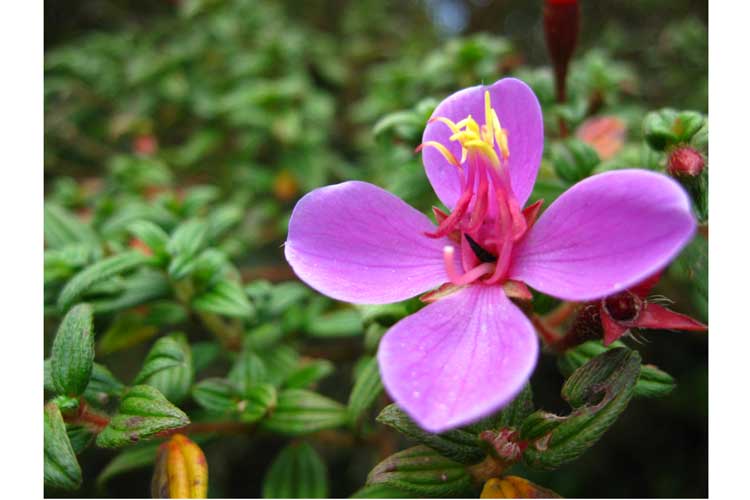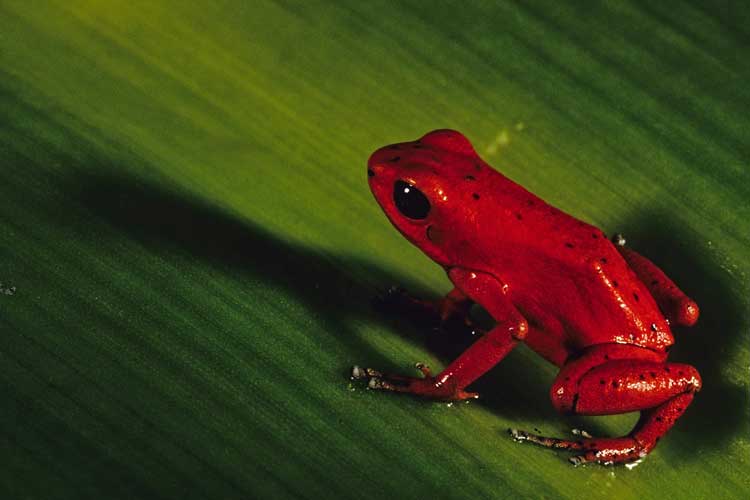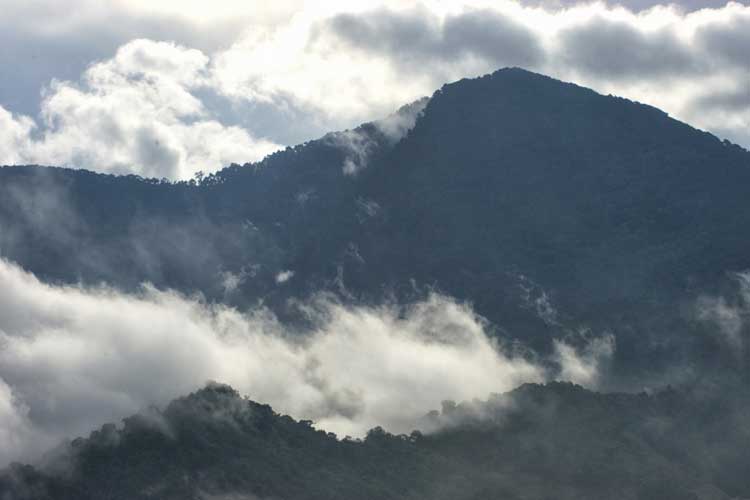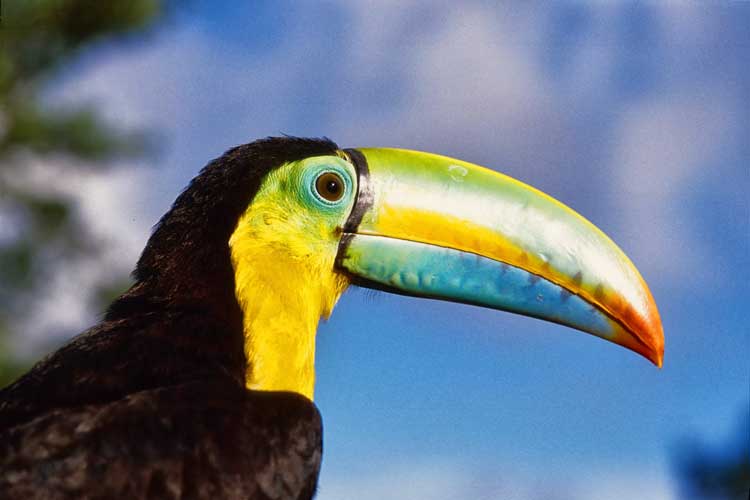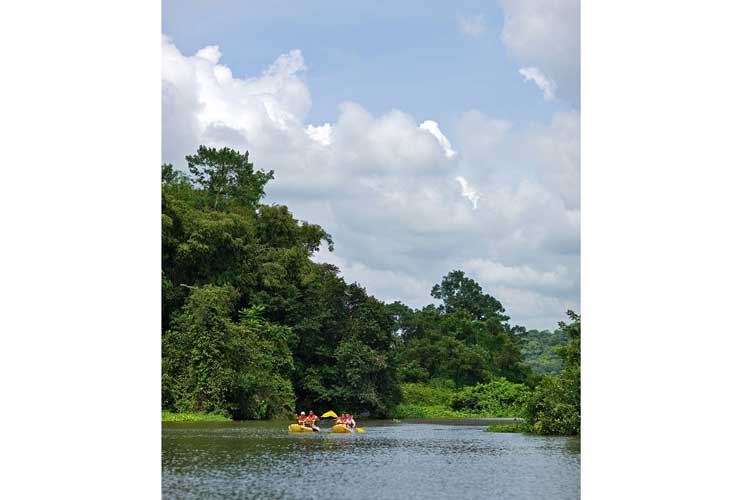Panama Expedition: The Great American Biotic Interchange
Posted by Kevin Clement
in Americas and Expeditions
Take the globe down from your shelf and search it from top to bottom. Study it all you like—you will find no other place like Panama. Nowhere else on earth is there an isthmus that so narrowly connects two mighty continents.
As a land bridge of such singular importance, it is not surprising that Panama has been a battleground. The region was once the scene of war, conquest, disaster, and death. Nearly all the inhabitants of both continents were involved.
And not a single one of them was human. This conflict occurred a long, long time ago.
The story goes like this: after the breakup of the Gondwana supercontinent, about 100 million years ago, South America was left isolated. Not connected to North America, it was an island continent, like Australia is today. And like Australia, it harbored its own distinct fauna. For example, many of the niches for medium to large predators, which are filled by mammals in other places, were taken up by enormous, ferocious, flightless birds, collectively known as Terror Birds.
The breakup occurred in the Cenozoic Era, at the beginning of the Age of Mammals. At that time only primitive mammals existed, predominantly marsupials. So South America contained a rich marsupial fauna (and even today has more species than Australia).
So the southern continent drifted along in its “splendid isolation”, as it has been termed, while the eons piled up. Meanwhile, the rest of the world, including North America, which was connected to Eurasia via the Bering Land Bridge, moved on.
This was the state of affairs until a mere two to three million years ago, when a series of earth-shattering (literally) events occurred in what is now known as Central America. Volcanoes stirred beneath the sea floor and came exploding up to the surface, eventually merging their magmas and creating the volatile isthmus.
Suddenly, for the first time, the two continents, each with its own distinct biota, were connected. Neither would ever be same. (Imagine what would happen if Australia and Africa were abruptly joined.) Animals that had never come in contact, or were never meant to, suddenly faced each other. There was a surge of invaders and would-be colonists in both directions. This is known to biologists as the Great American Biotic Interchange.
Some creatures found empty niches they could fill on the other side, and expanded their range to encompass the new land mass. Many others found themselves thrust into competition with foreigners. Some could hold their own on their own turf, but not advance. Some were just driven quickly to extinction. The winners were the ones best at exploiting their particular ecological niche. Such is the law decreed by natural selection.
The echoes of this distant war can still be heard today, up and down both continents. But nowhere are the signs more apparent than in the jungles and plains of Panama, ground zero of the battle. The evidence is in the region’s odd mixture of flora and fauna, its combination of creatures from the North and the South, it’s birds and mammals that exist nowhere else in North America, and its strange juxtaposition of “primitive” and “modern” species.
So Panama is unique—not just geographically, but also biologically. There’s simply nowhere else like it. From sloths, spider monkeys, and brightly colored birds to over 10,000 species of plants including Heliconias and delicate orchids, Panama tours reveal to the adventurer an astonishing and magical natural world…
Explore this incredible destination yourself on our upcoming Nicaragua and Panama Tour.

